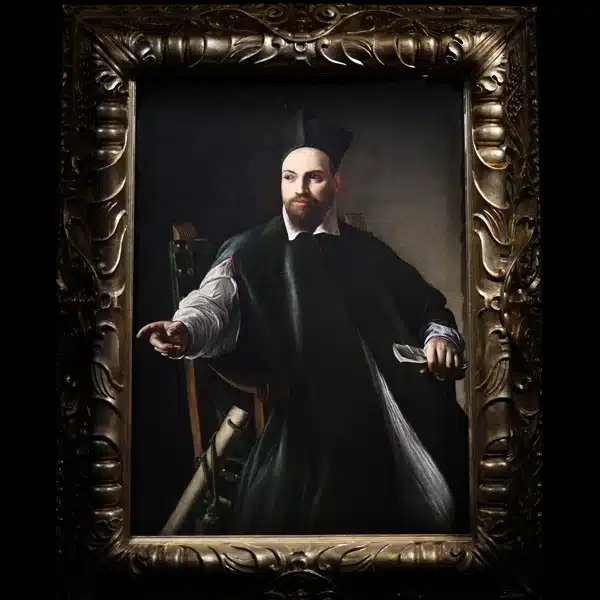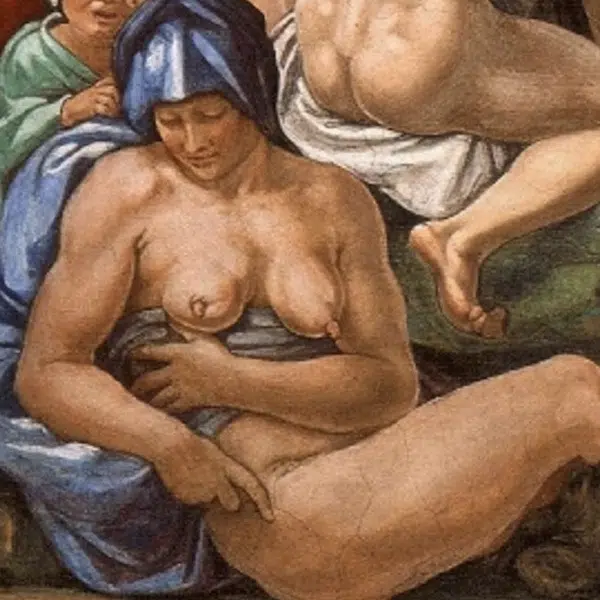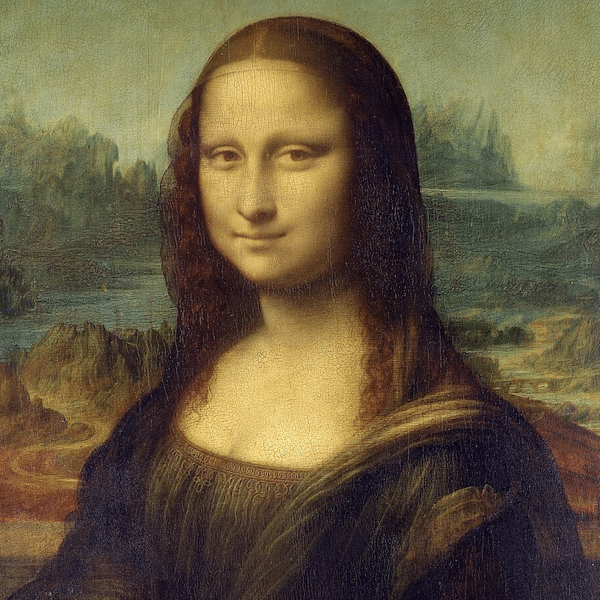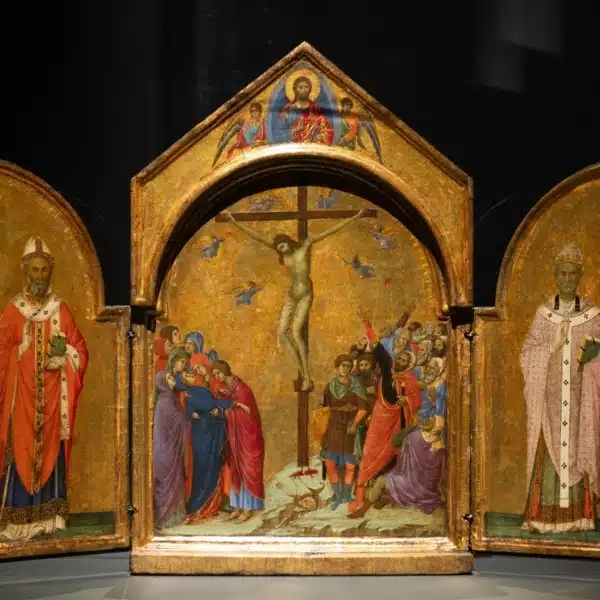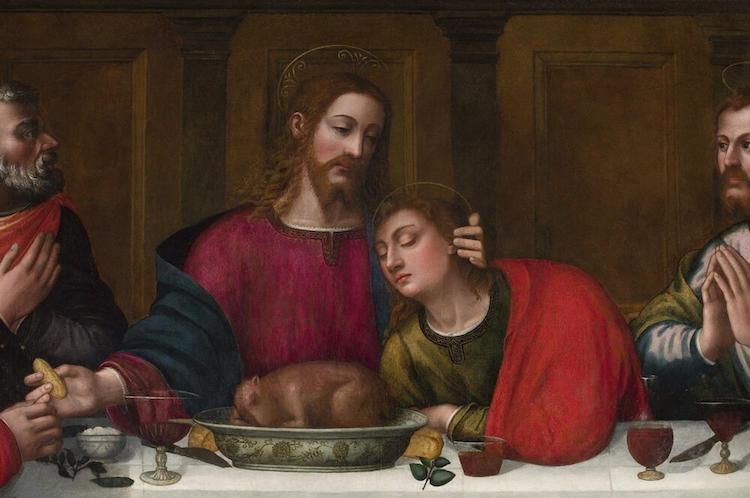
This post may contain affiliate links. If you make a purchase, My Modern Met may earn an affiliate commission. Please read our disclosure for more info.
Unfortunately, when it comes to art, women often aren't recognized in history. Many talented female artists are often overlooked in favor of their male contemporaries, simply due to circumstance or the opportunities presented to them because of their gender. But in Florence, there's a group working to make sure that women get the acknowledgement they deserve. And thanks to their efforts, one incredible painting by a 16th-century nun is getting its rightful place in the spotlight.
Advancing Women Artists is a non-profit committed to identifying and restoring works of art by women throughout Tuscany. They highlight these often unknown artists from the Renaissance through their extensive online database and publications. One of their most recent efforts focused on a vibrant mural by Plautilla Nelli. Nelli was both a nun and a self-taught artist. Her enormous, 21-foot painting of the Last Supper, created around 1568, was brought back from the brink of decay by an expert set of art restorers (who all happened to be female) working with the organization.
While we often associate Last Supper depictions with Leonardo da Vinci, it was a popular subject for artists at the time. Nelli's rendition is a stunning achievement, particularly when one looks at her aptitude for painting the human body. Her apostles are expressive and full of emotion, with their features laid out in precise detail. The work is made all the more impressive when one considers that at the time, women were barred from studying anatomy.
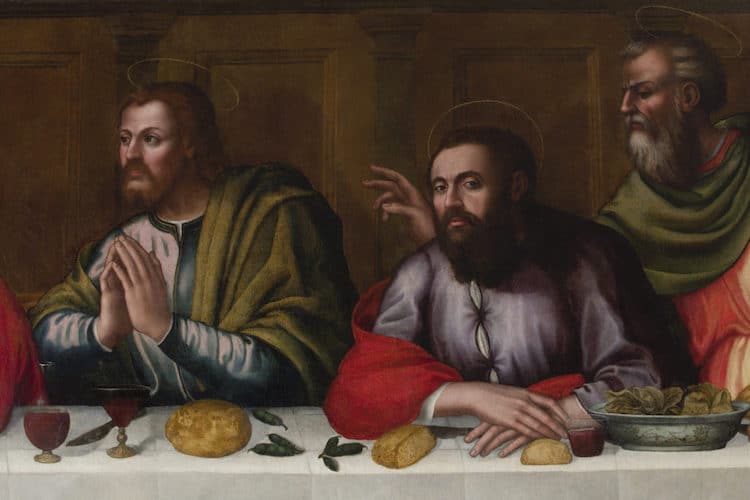
Equally impressive is the table. Strewn with expertly rendered wine glasses, bread, knives, and salt cellars, it stands with any still life created during its time. The great skill Nelli has displayed was also known during her time, though always with the caveat that it was unfortunate that she was a woman. She was only one of four women mentioned by Giorgio Vasari in his important Lives of the Most Excellent Painters, Sculptors and Architects. He does compliment her, stating: “There were so many of her paintings in the houses of gentlemen in Florence, it would be tedious to mention them all.” But he also makes it clear that her gender, in his opinion, is a hindrance. “She would have done wonderful things if she had only studied as men do.”
It's that type of thinking that is part of the reason why Nelli, and so many other female painters of the day, were often overlooked then and even today. Nelli's Last Supper hung in the dining hall of her convent until the house was dissolved in the early 19th century. From there, it's been on an adventure, moving from the monastery of Santa Maria Novella to being neglected in a warehouse to surviving the great Florence flood of 1960. It then became part of the Santa Maria Novella museum, but was not on public display.
Thanks to the efforts of Advancing Women Artists, that has changed. After raising the necessary funds, the organization's all-female team of restorers set about bringing the painting back to life. “We restored the canvas and, while doing so, rediscovered Nelli’s story and her personality,” said lead conservator Rossella Lari. “She had powerful brushstrokes and loaded her brushes with paint.”
Now that the work is done, Nelli's Last Supper has taken its rightful place in the Santa Maria Novella museum as part of its permanent display. No longer destined to the background, Nelli has gained increased fame thanks to the work of Advancing Women Artists. Learn more about the epic restoration and Nelli's Last Supper in Visible. Plautilla Nelli And Her Last Supper Restored.
After years of neglect, Plautilla Nelli's 1568 Last Supper has been restored.


Nelli was a nun and self-taught artist working during the Italian Renaissance.


A non-profit organization called Advancing Women Artists raised funds to restore the painting and put it on permanent display.
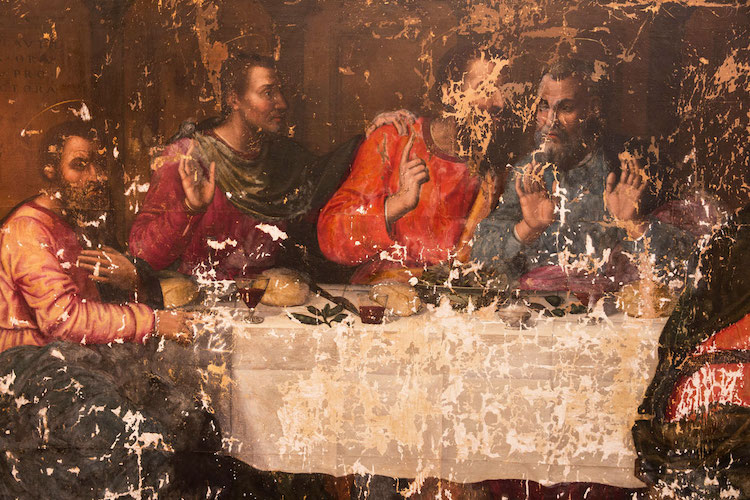
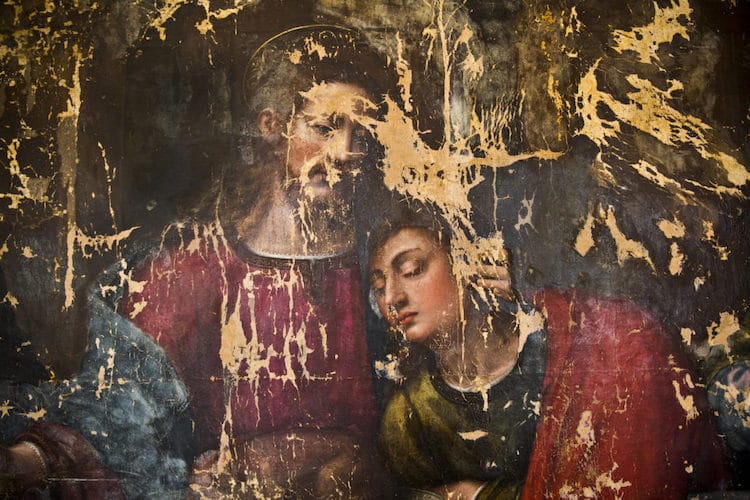
Their all-female team of curators, scientists, and art restorers worked tirelessly on the project.
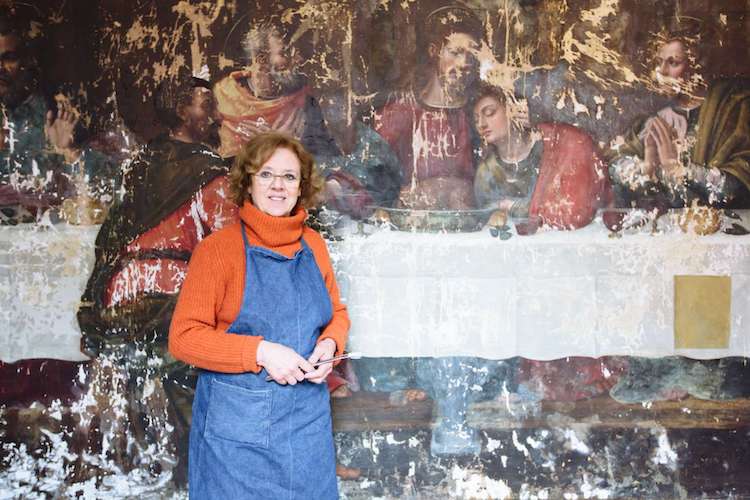
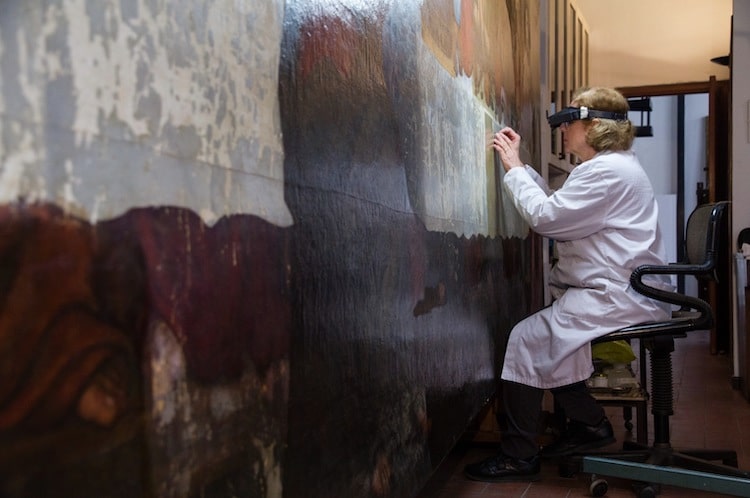
Now, Nelli is getting her rightful place next to top male painters from the 16th century.
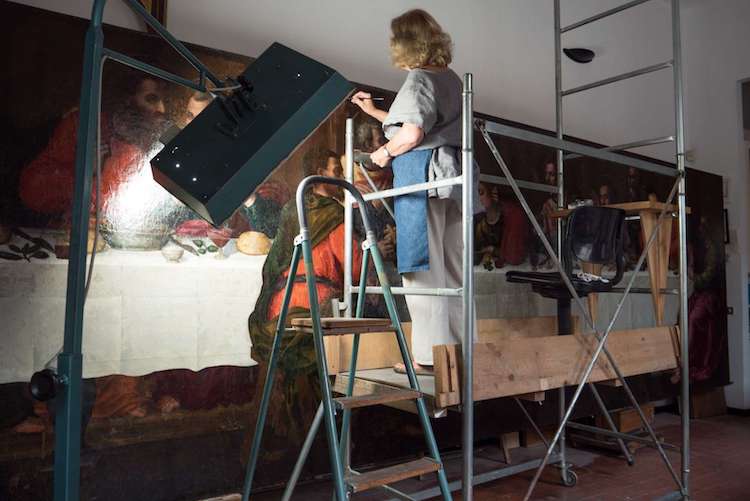
Advancing Women Artists: Website | Facebook | Instagram
h/t: [Colossal, Smithsonian]
All images via Rabatti&Domingie.
Related Articles:
10 Famous Female Painters Every Art Lover Should Know
Online Database Features Overlooked Female Artists from 15th-19th Centuries
Empowering Art Book Highlights Female Artists Overlooked by Museums
This Woman Has Been Anonymously Funding Female Artists for 22 Years


















































































